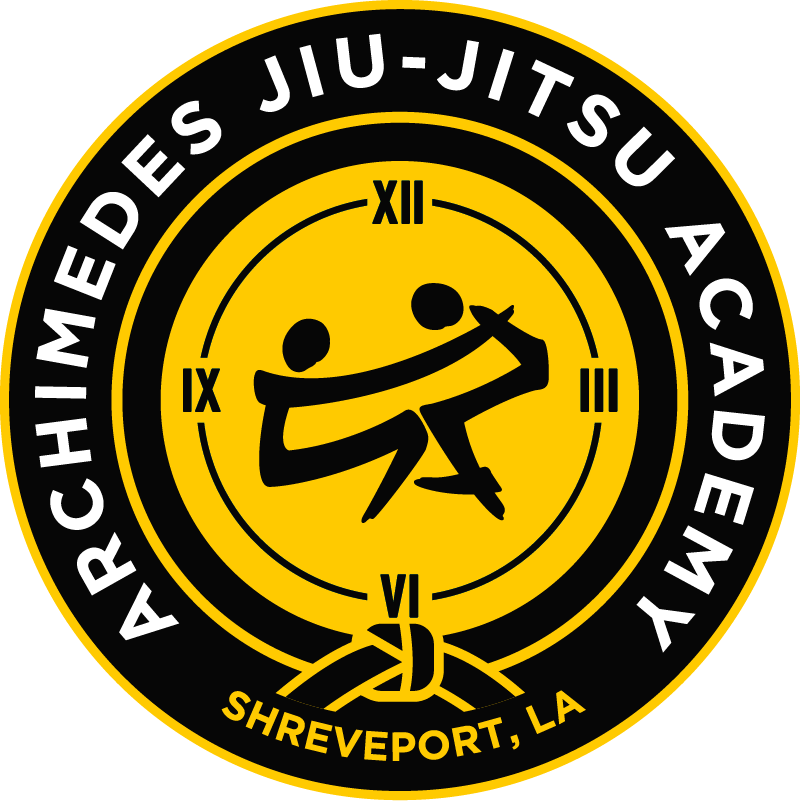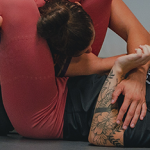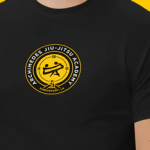Much like a lot of Traditional Martial Arts, Jiu-Jitsu has a belt system. Often times, belts denote a practitioners skill, knowledge, or responsibility level within a martial arts style. To see how students are assessed check out our next blog where we breakdown how students are assessed. The focus of this blog will be on the adult belt system of the BJJ which are white, blue, purple, brown, black, coral belt (red/black) coral belt (red/white) red belt. We will do a belt breakdown in our kids Jiu-Jitsu detailed curriculum. Stripes are used when students are making smaller but important improvements in their progression timeline.
The first belt we will discuss is the White Belt (Faixa Branca). While not traditionally thought of as a promotion. I believe the promotion to white belt from the leather belt is the most important promotion a practitioner receives. It is the precursor to every other belt. It takes a tremendous amount of courage to walk in and start training. The focus of your white belt should be centered around learning the fundamentals. Survival tends to be the theme for the white belt. As a white belt you’ll probably not often find yourself in a place to mount an offense in a sparring session with a higher belt. A white belt should learn defensive and offensive skills. When I was a white belt I found it to be the most freeing belt there was. There was no expectation for me to win, or perform well in sparring. When I did it was a surprise and if I couldn’t there was a new technique I could learn to address whatever issue I was having in sparring The sign a person is ready to move onto the next belt from a technical standpoint, is the student needs to have a basic level of proficiency in the fundamentals, and should be able to roll with an inexperienced opponent and be able to control them the majority of the time.
Blue belt (Faixa Azul) is the next belt. Often the longest belt and that period of time is affectionately called the “Blue Belt Blues.” By blue belt you have a basic level of knowledge in the fundamentals, and there are not many more “new moves” other than tweaks on the same moves you already know. Blue Belt typically is the belt that you need to improve your proficiency and tighten up your jiujitsu. By this time you should find some positions and submissions you naturally gravitate to. This can be due to your body type, flexibility, strength, athleticism but some techniques will just feel right.Your job as a blue belt moving up to purple is to develop a “Game.” A “Game” is a system that you can put your opponents and training partners in that you know the paths and reactions to start to set traps and to keep your opponent stuck in your game until increasing your chance of winning. Once you comfortably have a game as well as a greater amount of proficiency and knowledge you are ready to move to the next belt. The road through the blue belt is rough because this is the belt that tests your willingness to improve what you already know.
Purple belt (Faixa Roxa) is the next belt. The purple belt is the first advanced belt in Jiu-Jitsu. The purple belt is a practitioner who has already developed a game. Purple belts typically are past the honeymoon phase of the white and blue belts. This is the difference between infatuation and love of the art. In the earlier belts of Jiu-Jitsu newer students have this excitement to arrive in class but a purple belt has been through the highs and lows and isn’t going anywhere. This is the first belt that you may be called up to help instruct, and should be regularly helping training partners learn the ropes. Stepping up as a leader in the gym, deepening the complexity and simplicity of the game are markers that a student should be moving to the next belt.
Brown belt (Faixa Marrom) is a belt that has a deep and a wide game. Brown is where you’ll be expected again to help your fellow students and possibly instruct. At this game you’ll simplify your game. Looking to make traps from everywhere. The brown belt is equated to pressure. Pressure is usually from the top positions however a brown belt is developing pressure from every position. The brown belt should be looking to refine their Jiu-Jitsu to make it appear more elegant and more proficient.
Black belt (Faixa Preita) typically is achieved 8-10 years. The black belt is a new beginning. Further refinement of technique, knowledge, and teaching abilities is a must at this rank. Black belts only promote with time. Black belt is described as a new beginning.
The Coral Belts (Faixa Coral) cannot be achieved before the age of 50 for Red/Black and 57 Red/White and having held the rank of black belt for 31 and 38 years respectively. These individuals have contributed a great deal to the Art and Sport.
The Red Belt (Faixa Vermelha) is the final belt in BJJ. Requiring a student to be a black belt for 48 years. These individuals have dedicated their lives to the art. There are only a handful of them alive due to the time requirement.
Check out this neat belt chart used over at First BJJ in Salt Lake City, Utah.






